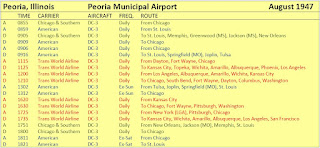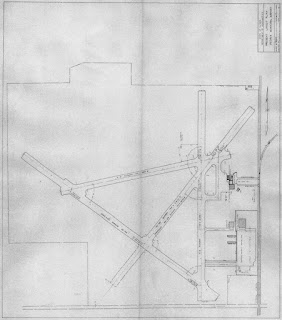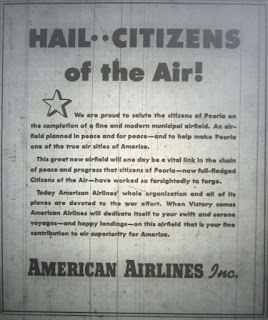PIA – A History: Events of 1948
In the previous installment, we analyzed scheduled airline service, and interest by a myriad of air carriers. Now, we look at various happenings during the year 1948. First, it should be mentioned that two months before 1947 closed, Springfield’s new Capital Airport was added as a stop on existing American Airlines and Chicago & Southern Air Lines routings which included Peoria. The new facility was managed by the Springfield Airport Authority, an independent municipal corporation enabled by a 1945 Illinois law to own and operate airports in a designated area. A NEW MANAGER Dwight Rohn desired to devote more time to his Rohn Flying Service, so the Park Board replaced him with DeWitt Collins, who had previously served as manager from 1934 to 1942. Collins was born October 29, 1901 in Winthrop, Iowa. An aviation pioneer, he heard about a plane crash near Cedar Rapids, bought the parts for $100 and had them hauled by truck 40 miles to his home where he re-assembled them int




